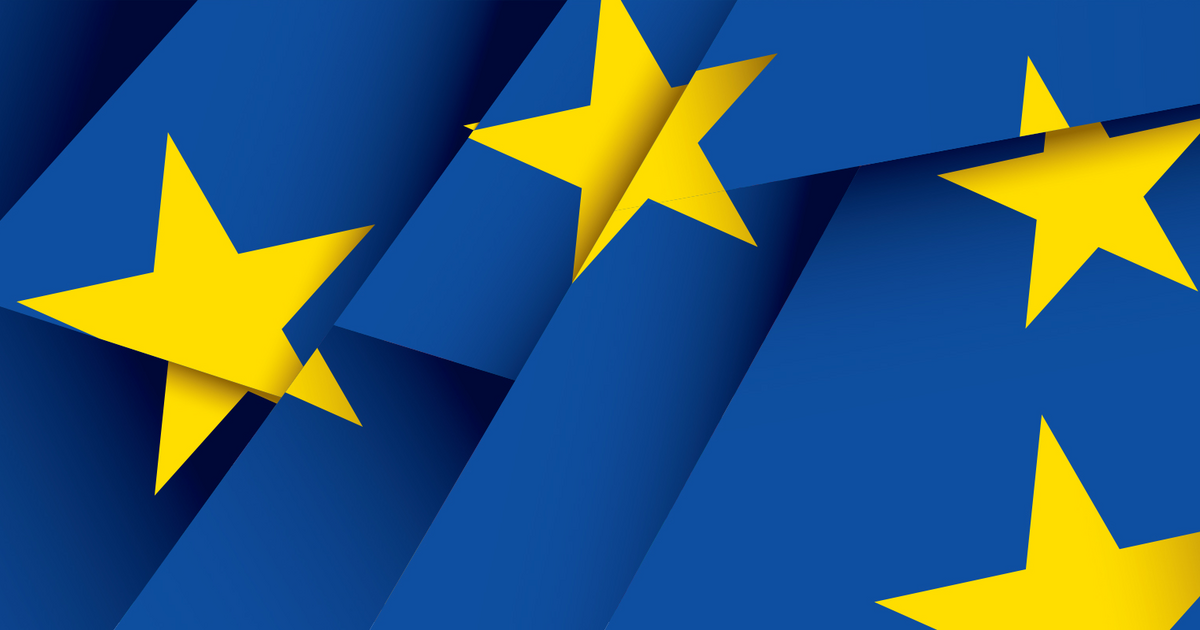CITO Greenhouse<p>How Your Brain Forms Memories: The Role of Long-Term Potentiation</p><p><a href="https://mastodon.social/tags/Neuroscience" class="mention hashtag" rel="nofollow noopener" target="_blank">#<span>Neuroscience</span></a> <a href="https://mastodon.social/tags/BrainPlasticity" class="mention hashtag" rel="nofollow noopener" target="_blank">#<span>BrainPlasticity</span></a> <a href="https://mastodon.social/tags/Neuroplasticity" class="mention hashtag" rel="nofollow noopener" target="_blank">#<span>Neuroplasticity</span></a> <a href="https://mastodon.social/tags/LongTermPotentiation" class="mention hashtag" rel="nofollow noopener" target="_blank">#<span>LongTermPotentiation</span></a> <a href="https://mastodon.social/tags/SynapticConnections" class="mention hashtag" rel="nofollow noopener" target="_blank">#<span>SynapticConnections</span></a> <a href="https://mastodon.social/tags/Glutamate" class="mention hashtag" rel="nofollow noopener" target="_blank">#<span>Glutamate</span></a> <a href="https://mastodon.social/tags/Neurotransmitters" class="mention hashtag" rel="nofollow noopener" target="_blank">#<span>Neurotransmitters</span></a> <a href="https://mastodon.social/tags/CalciumSignaling" class="mention hashtag" rel="nofollow noopener" target="_blank">#<span>CalciumSignaling</span></a> <a href="https://mastodon.social/tags/GlialCells" class="mention hashtag" rel="nofollow noopener" target="_blank">#<span>GlialCells</span></a> <a href="https://mastodon.social/tags/CircadianRhythms" class="mention hashtag" rel="nofollow noopener" target="_blank">#<span>CircadianRhythms</span></a> <a href="https://mastodon.social/tags/BrainHealth" class="mention hashtag" rel="nofollow noopener" target="_blank">#<span>BrainHealth</span></a> <a href="https://mastodon.social/tags/MemoryFormation" class="mention hashtag" rel="nofollow noopener" target="_blank">#<span>MemoryFormation</span></a> <a href="https://mastodon.social/tags/Learning" class="mention hashtag" rel="nofollow noopener" target="_blank">#<span>Learning</span></a> <a href="https://mastodon.social/tags/NeuroscienceEducation" class="mention hashtag" rel="nofollow noopener" target="_blank">#<span>NeuroscienceEducation</span></a> <a href="https://mastodon.social/tags/BrainScience" class="mention hashtag" rel="nofollow noopener" target="_blank">#<span>BrainScience</span></a></p><p><a href="https://youtube.com/shorts/wO5cQRaE3RE?feature=share" rel="nofollow noopener" translate="no" target="_blank"><span class="invisible">https://</span><span class="ellipsis">youtube.com/shorts/wO5cQRaE3RE</span><span class="invisible">?feature=share</span></a></p>
eupolicy.social is one of the many independent Mastodon servers you can use to participate in the fediverse.

This Mastodon server is a friendly and respectful discussion space for people working in areas related to EU policy. When you request to create an account, please tell us something about you.
Administered by:
Server stats:
212active users
eupolicy.social: About · Profiles directory · Privacy policy
Mastodon: About · Get the app · Keyboard shortcuts · View source code · v4.4.1
#circadianrhythms
0 posts · 0 participants · 0 posts today
Save Standard Time<p>“Year-round Standard Time has the potential to promote healthier circadian rhythms on a population level.” <a href="https://universeodon.com/tags/CircadianRhythms" class="mention hashtag" rel="nofollow noopener" target="_blank">#<span>CircadianRhythms</span></a> <a href="https://universeodon.com/tags/DitchDST" class="mention hashtag" rel="nofollow noopener" target="_blank">#<span>DitchDST</span></a></p>
Andrew Millar<p>⏰🔄 The magic happens in the proteins! <br>We found that 10% of proteins and a whopping 66% of phosphorylated proteins in O. tauri follow daily rhythms. It's a microscopic dance in time with the light. <a href="https://fediscience.org/tags/ProteinDance" class="mention hashtag" rel="nofollow noopener" target="_blank">#<span>ProteinDance</span></a> <a href="https://fediscience.org/tags/CircadianRhythms" class="mention hashtag" rel="nofollow noopener" target="_blank">#<span>CircadianRhythms</span></a> 2/7 <br>➡️ <a href="https://doi.org/10.1093/jxb/erad290" rel="nofollow noopener" translate="no" target="_blank"><span class="invisible">https://</span><span class="">doi.org/10.1093/jxb/erad290</span><span class="invisible"></span></a></p>
slackline :emacs: :orgmode:<p><span class="h-card" translate="no"><a href="https://neuromatch.social/@DesrochersLab" class="u-url mention" rel="nofollow noopener" target="_blank">@<span>DesrochersLab</span></a></span> Circadian rhythms are fascinating. They rule the lives of almost all organisms (bar those that live beyond the reach of sunlight).</p><p><a href="https://mastodon.social/tags/circadianrhythms" class="mention hashtag" rel="nofollow noopener" target="_blank">#<span>circadianrhythms</span></a> <a href="https://mastodon.social/tags/biology" class="mention hashtag" rel="nofollow noopener" target="_blank">#<span>biology</span></a> <a href="https://mastodon.social/tags/genetics" class="mention hashtag" rel="nofollow noopener" target="_blank">#<span>genetics</span></a></p>
michael<p>12-JUL-2024<br>Melanopsin DNA aptamers can regulate input signals of mammalian <a href="https://mastodon.social/tags/CircadianRhythms" class="mention hashtag" rel="nofollow noopener" target="_blank">#<span>CircadianRhythms</span></a> by altering the phase of the molecular clock<br><a href="https://mastodon.social/tags/DNAaptamers" class="mention hashtag" rel="nofollow noopener" target="_blank">#<span>DNAaptamers</span></a> Melapts to wake up refreshed in the morning.</p><p><a href="https://www.eurekalert.org/news-releases/1051176" rel="nofollow noopener" translate="no" target="_blank"><span class="invisible">https://www.</span><span class="ellipsis">eurekalert.org/news-releases/1</span><span class="invisible">051176</span></a> <a href="https://mastodon.social/tags/science" class="mention hashtag" rel="nofollow noopener" target="_blank">#<span>science</span></a> <a href="https://mastodon.social/tags/LightAndLife" class="mention hashtag" rel="nofollow noopener" target="_blank">#<span>LightAndLife</span></a></p>
Lukas VFN 🇪🇺<p>No two <a href="https://scholar.social/tags/worms" class="mention hashtag" rel="nofollow noopener" target="_blank">#<span>worms</span></a> are alike: New study confirms that even the simplest marine organisms tend to be individualistic <a href="https://www.awi.de/en/about-us/service/press/single-view/kein-wurm-tickt-wie-der-andere.html" rel="nofollow noopener" translate="no" target="_blank"><span class="invisible">https://www.</span><span class="ellipsis">awi.de/en/about-us/service/pre</span><span class="invisible">ss/single-view/kein-wurm-tickt-wie-der-andere.html</span></a></p><p>Molecular <a href="https://scholar.social/tags/CircadianRhythms" class="mention hashtag" rel="nofollow noopener" target="_blank">#<span>CircadianRhythms</span></a> are robust in marine <a href="https://scholar.social/tags/annelids" class="mention hashtag" rel="nofollow noopener" target="_blank">#<span>annelids</span></a> lacking rhythmic behavior <a href="https://journals.plos.org/plosbiology/article?id=10.1371/journal.pbio.3002572" rel="nofollow noopener" translate="no" target="_blank"><span class="invisible">https://</span><span class="ellipsis">journals.plos.org/plosbiology/</span><span class="invisible">article?id=10.1371/journal.pbio.3002572</span></a></p><p>"even simple marine <a href="https://scholar.social/tags/polychaete" class="mention hashtag" rel="nofollow noopener" target="_blank">#<span>polychaete</span></a> worms shape their day-to-day lives on the basis of highly individual rhythms. This diversity is of interest not just for the future of species and populations in a changing environment, but also for medicine."</p>
TrendingLive feeds
Mastodon is the best way to keep up with what's happening.
Follow anyone across the fediverse and see it all in chronological order. No algorithms, ads, or clickbait in sight.
Create accountLoginDrag & drop to upload